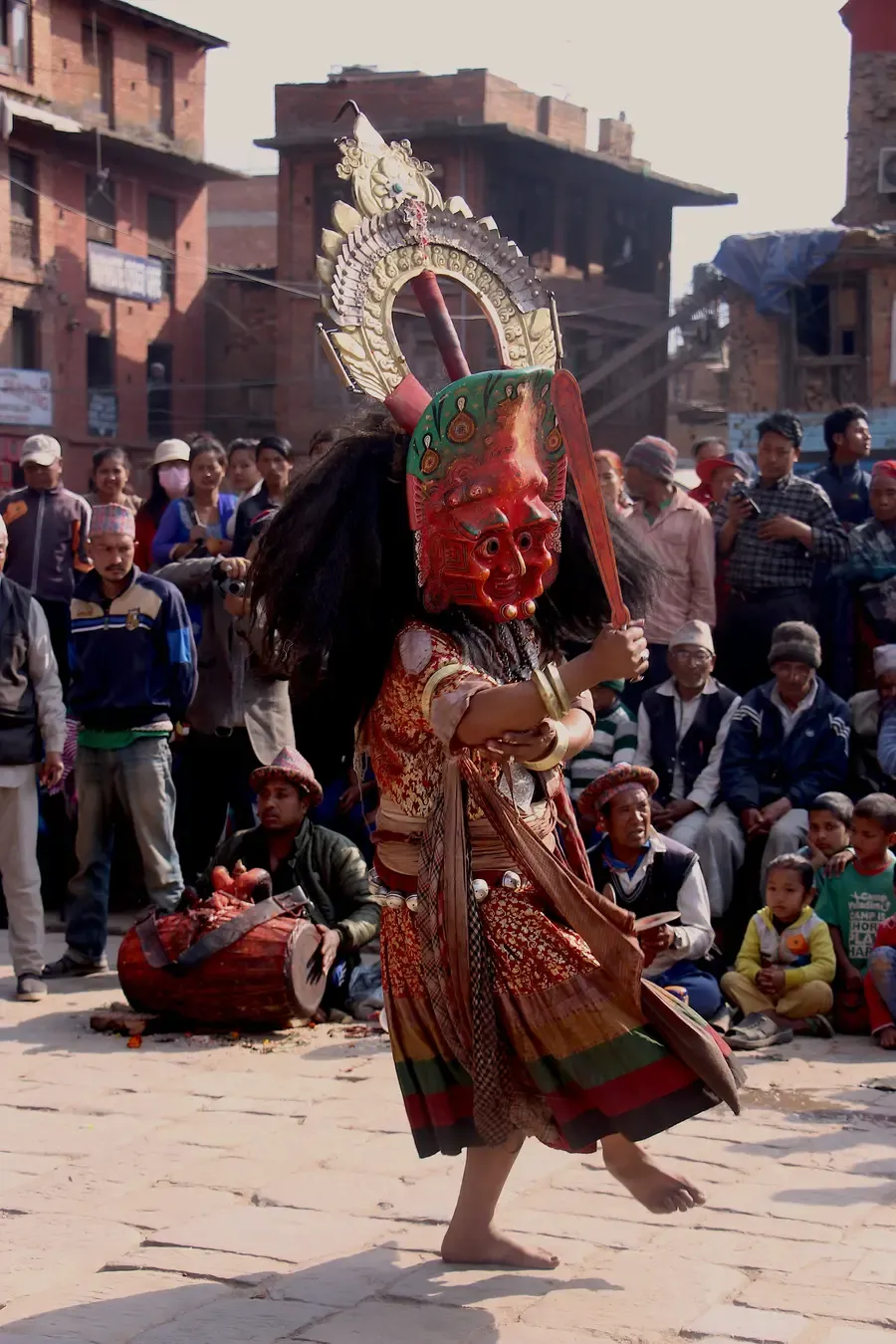Kumari of Kathmandu: A Legacy of Faith and Culture
Author: Bishal Thapa
Last Updated: Apr 10, 2025

The Kumari, also known as the Living Goddess, is a centuries-old tradition in Nepal, where a young prepubescent girl is selected to be the earthly incarnation of the Hindu goddess Taleju (a form of Durga) and worshipped by both Hindus and Buddhists. The practice is deeply rooted in Newar culture, particularly in the Kathmandu Valley. The most prominent Kumari resides in Kumari Ghar, a historic palace in Kathmandu’s Durbar Square. She appears publicly during certain religious festivals, the most notable being Indra Jatra, where she is paraded through the streets in a chariot and revered by thousands.
The selection process for a Kumari is rigorous and symbolic, involving several physical, emotional, and spiritual tests. Candidates are typically chosen from the Shakya or Bajracharya caste of Newar Buddhists, and the girl must meet a long list of "perfection" criteria, including specific body proportions, fearless demeanor, and auspicious astrological alignment. Once chosen, she lives in semi-seclusion and is treated as a deity, with limited interaction outside ritual contexts. Her role continues until she reaches puberty, at which point she returns to normal life, and a new Kumari is selected.
While the tradition is celebrated as a unique blend of spirituality and culture, it has also been the subject of modern debate regarding child rights and freedom. Former Kumaris have spoken about both the honor and the challenges of their time as living goddesses. In recent years, there have been reforms to ensure Kumaris receive proper education and medical care. Despite changing times, the Kumari tradition remains an integral part of Nepal’s heritage, drawing fascination from around the world for its blend of mysticism, ritual, and living history.
Bhaktapur Durbar Square
Bhaktapur Durbar Square, located in the heart of Bhaktapur, Nepal, is a UNESCO World Heritage Site celebrated for its rich cultural heritage and architectural splendor. Serving as the royal palace complex for the Malla kings from the 14th to the 18th century, the square showcases an array of historic buildings, temples, and monuments that reflect Nepal's artistic excellence.
Lakhe Dance: A Vibrant Fusion of Myth and Movement
 In Nepalese folklore, a Lakhe is a mythical demon often depicted with a ferocious face, protruding fangs, and a mane of red or black hair. These figures are prominent in the traditional Newar culture of the Kathmandu Valley and other Newar settlements throughout Nepal. Originally forest-dwelling demons, Lakhes are believed to have transformed into protectors of the community over time. The female counterpart of a Lakhe is known as a Lasin.
In Nepalese folklore, a Lakhe is a mythical demon often depicted with a ferocious face, protruding fangs, and a mane of red or black hair. These figures are prominent in the traditional Newar culture of the Kathmandu Valley and other Newar settlements throughout Nepal. Originally forest-dwelling demons, Lakhes are believed to have transformed into protectors of the community over time. The female counterpart of a Lakhe is known as a Lasin.
A central feature of Lakhe mythology is the Lakhe Dance, a vibrant and energetic performance that is among Nepal's most popular traditional art forms. During festivals, performers don elaborate masks and costumes—crafted from papier-mâché with yak tails for hair—and engage in dynamic movements accompanied by thumping music. The dance is characterized by wild movements and loud, rhythmic music, creating a captivating spectacle for audiences.
The most renowned Lakhe is the Majipa Lakhey of Kathmandu, who makes a prominent appearance during the Indra Jatra festival in September. This Lakhey is revered as a deity, and during the festival, he moves through the city accompanied by musicians, accepting offerings of food and ritual items from the community. Performances are typically held at major crossroads and market squares, where the Lakhey interacts with the audience, adding a touch of humor and excitement to the proceedings.
Here are some key aspects of Newar culture
- Festivals and Celebrations
- Religious Practices
- Art and Architecture
- Culinary Traditions
